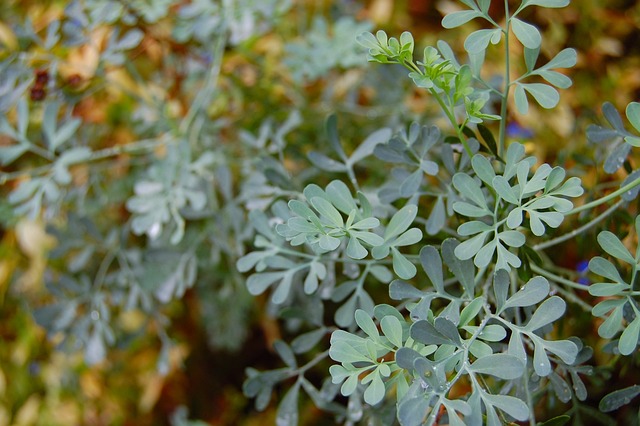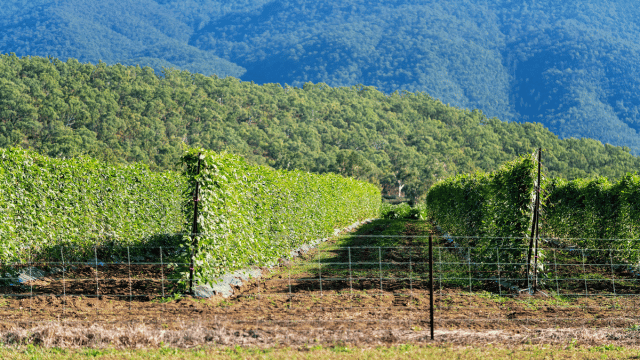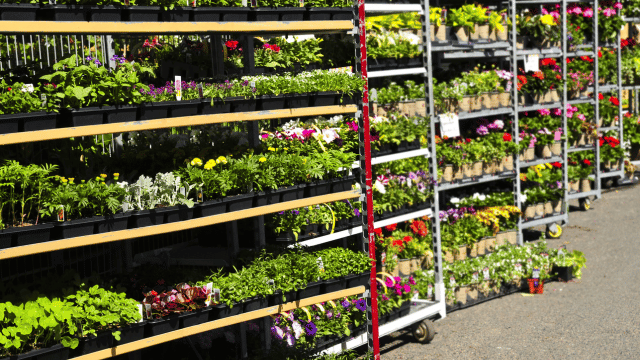When I want to add something new and beautiful to my yard, I’m always on the lookout for it. The Rue plant is one of these plants that has caught my eye. The Rue plant is a real beauty in the yard, with its tiny leaves and lovely scent. This piece will talk about the history, physical traits, and how to grow the Rue plant. It will also talk about its symbolic meanings, common pests and diseases, partner plants, and how to use it in garden planning.
History and Significance of the Rue Plant
Rue, which is another name for the plant Ruta graveolens, has a long past that goes back to ancient times. It was honored by the Greeks and Romans because it could heal and was often used as a sign of safety. Truth be told, “Rue” comes from the Greek word “rhyte,” which means “to set free.” People thought that the plant could keep away bad forces and the “evil eye.”
Physical Characteristics of the Rue Plant
The Rue plant is an annual flower that is in the family Rutaceae. It has blue-green leaves that are deeply split, making it look like feathers. When you crush the leaves, they give off a strong, bitter smell that is often described as a mix of citrus and camphor. The Rue plant has small yellow flowers in the summer that make any garden look nicer. With a thick, close-together growing habit, it can get up to two to three feet tall.
Growing and Caring for the Rue Plant
There’s good news for people who want to add the Rue plant to their garden: it’s not too hard to grow or take care of. The plant does best in well-drained soil that gets full sun. Once it’s established, it can handle dryness, which makes it a great choice for gardening with sandy or dry soil. Make sure there is enough space between each Rue plant when you put it so that air can flow properly.
To take care of a rue plant, it needs to be watered often, especially when it’s hot and dry. However, be careful not to water the plant too much, as root rot can happen. For good growth and to keep the plant’s shape, pruning is also important. You can cut back the plant in early spring to get rid of any parts that are dead or hurt.
Medicinal and Culinary Uses of the Rue Plant
The Rue plant has been used for a long time in cooking and as medicine. It has been used for a long time in traditional medicine to help stomach problems, menstrual cramps, and headaches. Essential oils that kill bacteria, fungi, and inflammation can be found in the plant’s leaves and flowers.
The Rue plant isn’t used very often in cooking because it has a strong flavor. People often put the leaves in salads, soups, and stews to make them taste different. But it’s important to remember that the plant should only be eaten in small amounts, since too much of it can be bad for you.
Symbolism and Folklore Surrounding the Rue Plant
The Rue plant has been linked to many different meanings and stories throughout history. In the past, people thought it could protect them from witches and bad forces. The plant was often hung over doors or worn as a charm to keep bad luck away. Rue was seen as a sign of love and loyalty in some countries, and women would take a piece of it on their wedding day.
Common Pests and Diseases of the Rue Plant
Even though the Rue plant is usually tough, it can still get pests and diseases. Aphids and spider mites are two common pests that can get into the plant and hurt the leaves. Infestations can be avoided by checking on things often and using healthy ways to get rid of pests. Rue plants can get powdery mildew and root rot, which are both diseases. These diseases can be avoided by watering plants properly and making sure air flows well.
Companion Plants for the Rue Plant
When placed with certain other plants, the Rue plant can do better. Lavender, rosemary, and sage are all good plants to grow with each other because they all need the same amount of sun and soil. These plants can also help keep pests away and bring good bugs into your yard. However, you shouldn’t put Rue near veggies like cucumbers and tomatoes because it can stop their growth.
Using the Rue Plant in Garden Design
The true plant can look beautiful in any yard scheme. It looks beautiful next to other plants because of its fluffy leaves and yellow flowers. To show off its unique beauty, place it in a fence or as a background. You can also make a sensory garden by putting the Rue plant with flowers and veggies that smell good. You will enjoy your time in the yard even more because of the strong smell of the rue plant.
Conclusion
Finally, the real plant is a real beauty in the yard. It has a long past and can be used for many useful things. The Rue plant will capture your yard and your feelings, whether you’re drawn to its delicate leaves, lovely scent, or healing qualities. You can enjoy the Rue plant’s beautiful looks for many years to come if you follow the growing tips, take care of its special needs, and learn about all the different ways it can be used.


